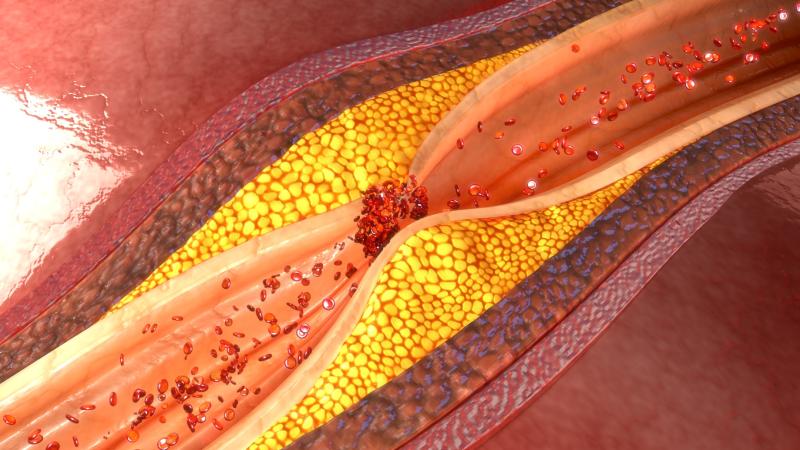
Brachial-ankle pulse wave velocity (baPWV) correlates with carotid plaque presence and number in a hypertensive population, a recent China study has shown.
Researchers enrolled 13,554 hypertensive patients (mean age, 64.3±7.4 years; 8,076 females) from the China Stroke Primary Prevention Trial, in whom baPWV was used to assess arterial stiffness. B-mode ultrasonography was performed to detect carotid plaques, defined as focal structures encroaching into the arterial lumen more than into the surrounding tissue.
Multivariate logistic regression analysis found a significant interaction between continuous baPWV with the presence of carotid plaques (odds ratio [OR], 1.05, 95 percent confidence interval [CI], 1.04–1.07; p<0.001). This analysis was adjusted for confounders, such as age, sex, body mass index, blood pressure, alcohol and smoking habits, and blood chemistry, among others.
Classifying participants according to quartiles of baPWV yielded similar results. While a significant association was reported for all categories, the researchers saw an increase in magnitude with increasing quartiles (ptrend<0.001).
Similar findings were reported for plaque number. Multinomial logistic regression analysis showed that continuous baPWV was correlated with a higher likelihood of having one (OR, 1.04, 95 percent CI, 1.02–1.06), two (OR, 1.04, 95 percent CI, 1.02–1.06), and three or more (OR, 1.09, 95 percent CI, 1.07–1.12) plaques. The same trend was found when participants were categorized according to quartiles of baPWV.
“We demonstrated that baPWV was positively associated with carotid plaque presence and carotid plaque number. This association was independent of age, blood pressure, and other conventional cardiovascular risk factors,” the researchers said.